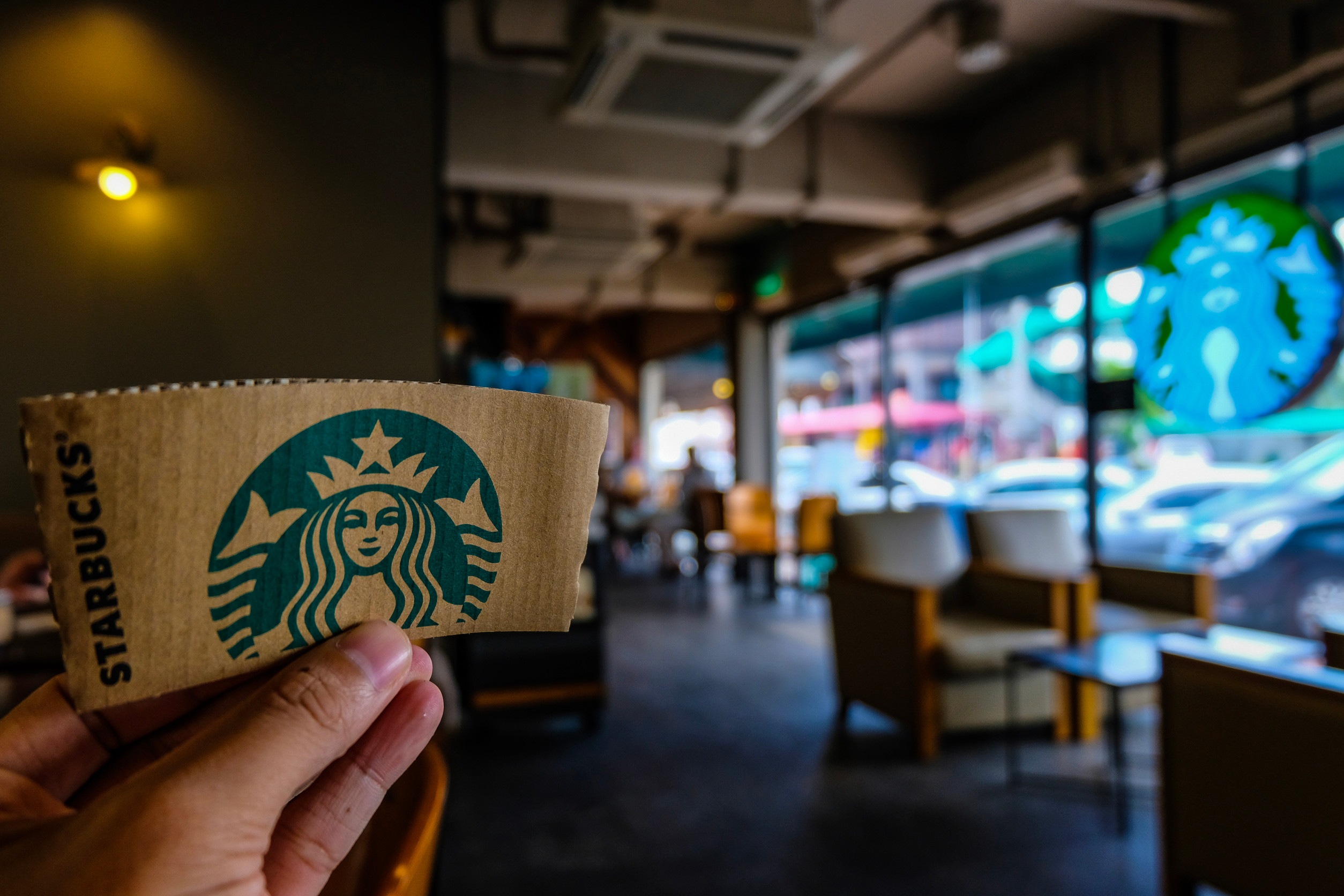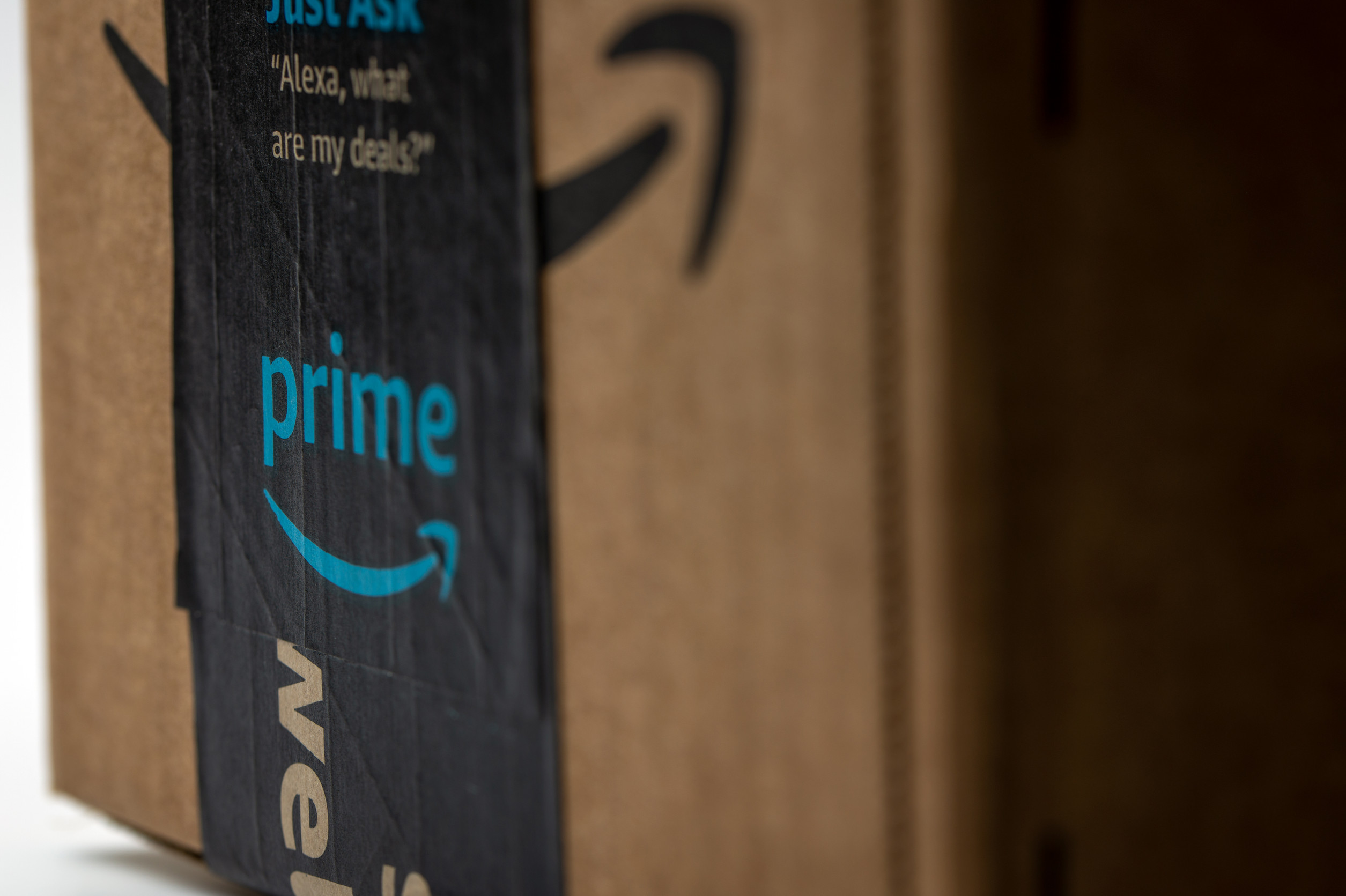Loyalty programs are everywhere—airlines, coffee shops, fashion retailers, even grocery stores. They promise perks like free products, discounts, and members-only deals, all in exchange for one thing: your ongoing loyalty. But what if that loyalty isn’t saving money at all—and is actually draining your wallet?
Behind the flashy points and gold-status memberships, many of these programs are cleverly engineered to keep consumers spending more, not less. It’s time to look at some of the most popular loyalty programs that quietly cost customers more in the long run.
1. Starbucks Rewards: That Free Drink Isn’t Really Free
The Starbucks Rewards program makes it feel like every latte gets you closer to a free drink, but the structure pushes customers to spend more frequently and in larger amounts. Many members spend extra to reach bonus star thresholds or hit “challenges” for free drinks, even when they didn’t originally plan to. The tiered redemption system also devalues stars over time, meaning more spending is needed for the same reward. Seasonal promotions and double-star days are expertly designed to create a false sense of urgency. Over time, customers end up buying more than they need, just to feel like they’re winning.
2. Sephora Beauty Insider: A Pricey Path to Perks
Sephora’s Beauty Insider program offers enticing rewards, but most of the real benefits are locked behind higher tiers that require significant annual spending. To reach “VIB” or “Rouge” status, customers must shell out hundreds or even thousands of dollars per year. While gifts and early access sound appealing, the majority of perks are sample-sized or limited-time offers that encourage more purchases. The illusion of exclusivity keeps shoppers chasing that next tier instead of focusing on smarter spending. Many walk away with drawers full of unused products bought just to rack up points.
3. Amazon Prime: Loyalty That Comes With Hidden Costs
Amazon Prime offers fast shipping, exclusive deals, and streaming content, all wrapped up in a convenient annual fee. But that membership often encourages impulsive spending and over-reliance on the platform. Members are more likely to browse for unnecessary items just to “make the most” of their subscription. The pressure to use perks like Prime Video or Prime Day discounts can lead to buying products that weren’t truly needed. Over time, Prime can shift consumer habits in a way that increases overall spending instead of saving money.
4. Ulta Ultamate Rewards: Tempting Discounts, Expensive Habits
Ulta’s Ultamate Rewards may look generous on paper, especially with frequent $3.50 off coupons and points-back systems. But these rewards subtly encourage consumers to buy more than they normally would, especially during bonus-point events. Many shoppers stock up during these periods to maximize points, which often leads to clutter and overspending. Higher-tier members unlock better deals, but only after spending hundreds annually. In the end, loyalty can become an expensive cycle driven by the fear of “missing out” on potential points.
5. Delta SkyMiles: A Mile Isn’t Always a Bargain
Delta’s SkyMiles loyalty program gives the impression that travelers are getting closer to free flights with every mile flown or dollar spent. But the program has become more complex over time, with shifting reward charts and hidden blackout dates that limit value. Many members are incentivized to book flights through Delta even when cheaper options are available elsewhere. The pursuit of Medallion status often means flying unnecessarily or spending more just to maintain a tier. In some cases, redeeming miles for upgrades or flights offers less value than simply shopping for deals independently.
6. Panera Bread MyPanera: Discounts That Drive More Dining
The MyPanera loyalty program offers surprise rewards, discounts, and even free drinks—but only after a certain amount of spending or visits. Many customers report visiting more often than they normally would, just to see what the next reward might be. Panera’s Unlimited Sip Club, in particular, creates a daily habit that adds up quickly, especially when paired with food purchases. These small and frequent purchases often feel justified under the umbrella of being a “member.” In reality, loyalty here can encourage repetitive spending instead of meaningful savings.
7. Nordstrom The Nordy Club: Status at a Steep Price
Nordstrom’s Nordy Club encourages shoppers to earn status through frequent purchases, offering early access to sales and exclusive events. But reaching higher tiers requires thousands in spending, and the perks often pale in comparison to the cost. The emphasis on earning points and maintaining VIP access can tempt customers into unnecessary splurges. This program blends prestige and practicality in a way that often benefits the retailer far more than the customer. Shoppers may believe they’re investing in status, but they’re really just paying for privilege.
8. Dunkin’ Rewards: Points That Expire and Prompt Extra Buys
Dunkin’s revamped rewards program looks like a win, but the new points system and expiration rules encourage fast and frequent use. Points accumulate slowly unless customers make specific types of purchases or visit during promo periods. Redeeming points for food or drinks often requires buying items that aren’t part of the daily routine. To maximize the program, customers feel nudged into upsizing or adding extra items. Rather than rewarding loyalty, the system incentivizes excess.
9. Marriott Bonvoy: Loyalty That Costs in Convenience
Marriott’s Bonvoy program appeals to frequent travelers by promising room upgrades, free stays, and priority check-ins. But point redemption often comes with restrictions, blackout dates, or inflated rates that make using rewards more frustrating than freeing. Customers may overlook better-priced hotel options just to stay within the Marriott ecosystem. The push for elite status also drives unnecessary bookings, extended stays, and extra charges to meet annual targets. What starts as a travel perk can quickly become a spending trap.
10. CVS ExtraCare: Coupons That Convince You to Spend More
CVS’s ExtraCare program floods members with coupons and bonus bucks that often require a minimum spend to activate. Many shoppers report buying items they don’t really need just to use up an expiring offer. The system encourages constant checking, coupon stacking, and time-sensitive decision-making that wears down rational budgeting. It becomes a game of maximizing rewards, even when it means buying unnecessary goods. The savings are real—but they often come at the price of excess.
Loyalty Shouldn’t Be a Spending Strategy
Loyalty programs are expertly crafted to make consumers feel like insiders, winners, or savvy shoppers—but the truth is often more expensive than it appears. By rewarding frequent purchases, offering time-limited perks, and encouraging goal-based spending, these programs create a cycle of consumption that rarely leads to long-term savings. Companies use behavioral psychology to turn “rewards” into spending motivators, shifting habits in subtle but costly ways. Loyalty isn’t inherently bad, but it should be approached with clarity, not blind trust.
Have a loyalty program story that cost more than you expected? Share your thoughts or drop a comment below.
Read More
7 Customer Support Tricks That Make You Give Up on Refunds
6 Financial Habits That Were Created to Benefit Credit Lenders


